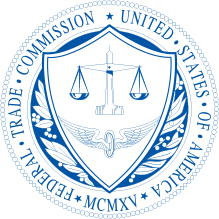
In 2014, the U.S. Federal Trade Commission ruled that the term remanufactured should be used only when a product is “rebuilt” in a factory setting. Recent bilateral trade agreements also recognize the reality by defining remanufactured goods as a unique, third classification, i.e., they are neither new nor used.

In recognition of remanufacturing’s quality, cost, and environmental benefits, in 2015, President Obama signed bipartisan legislation requiring federal agencies to encourage the use of remanufactured parts when maintaining the federal vehicle fleet. The legislation stemmed from a 2013 Government Accountability Office (GAO) report on the uses and benefits of remanufactured parts.
A remanufacturer can use 85-95% less energy and materials per unit produced than a new equipment manufacturer because the reused components retain the energy and materials from their original production.
![]()
![]()
![]()